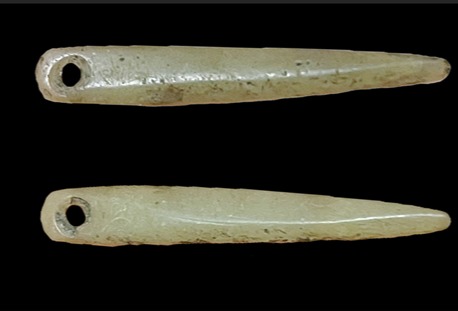
Center for Archaeological Science, Sichuan University publishes new perspectives in Land magazine on hunter-gatherers permanently occupying high-altitude areas of the Qinghai-Tibet Plateau.
Over the past decade, when humans permanently occupied the high-altitude areas of the Qinghai-Tibet Plateau and no longer migrated between high and low lands has been the focus of archaeological attention. The mainstream view is that permanent human occupation of the Qinghai-Tibet Plateau became possible only after the introduction of wheat agriculture around 3600 years ago. In response to this major academic question, the Qinghai-Tibet Plateau archaeological team of Sichuan University and the Cultural Relics Research Institute of Tibet Autonomous Region have jointly carried out a series of field archaeological works in the eastern, central, and western parts of the Qinghai-Tibet Plateau in recent years. On the one hand, it reveals the contribution of Neolithic people in the southeastern margin of the Qinghai-Tibet Plateau to permanent occupation at an earlier stage (around 5000 years ago), on the other hand...









